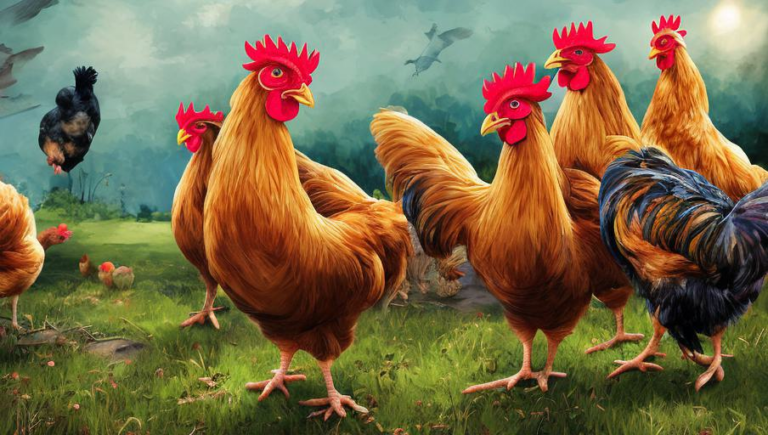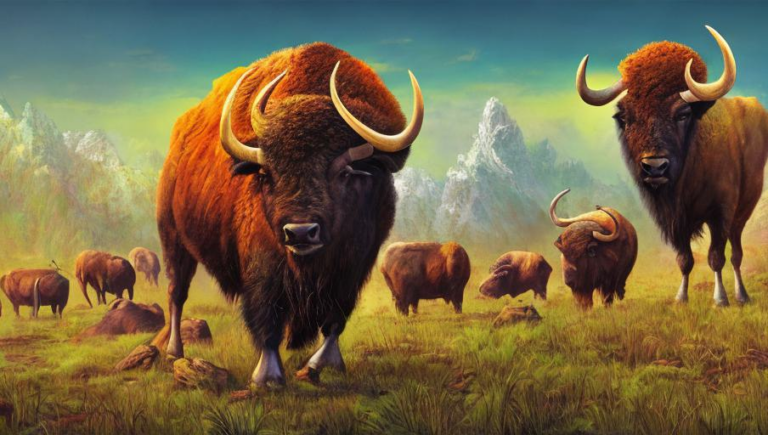Unearthing the Dugong’s Habitat

A Closer Look at the Dugong
The dugong is a marine mammal that can be found in the shallow coastal waters of the Indo-Pacific region. It is a herbivorous species and is the only living species in the family Dugongidae. The dugong is easily distinguished by its large, paddle-like flippers and its distinctive tail. It is also known as the “sea cow” due to its diet of seagrass and its slow-moving behavior.
Habitat and Distribution
The dugong has a wide distribution in tropical and subtropical waters. It is found in shallow, coastal waters along the shores of Australia, New Guinea, India, the Philippines, Thailand, and other countries in the Indo-Pacific region. The dugong prefers to be in shallow waters, up to a depth of 30 metres. They can also be found in estuarine habitats, such as lagoons, bays, and mangroves.
Behavior
Dugongs are generally solitary creatures but can be found in small groups. They typically feed on seagrass during the day, but at night they will move into deeper waters to rest. Dugongs are slow-moving animals and rely on their strong sense of smell to find food. They also communicate with each other using a variety of vocalizations.
Threats
The biggest threat to the dugong is habitat destruction and degradation. Coastal development, pollution, and overfishing are all contributing to the destruction of their natural habitats. Additionally, dugongs are also hunted for their meat, skin, and oil, which is used in some cultures as a medicinal remedy. The species is also vulnerable to boat strikes, as they have poor vision and move slowly.
Conservation
The dugong is listed as a vulnerable species by the International Union for Conservation of Nature (IUCN). Several countries have taken steps to protect the species, such as Australia, which has established Marine Protected Areas (MPAs) for dugongs. Additionally, in some countries the species is protected under national laws. Conservation efforts also include research and monitoring of dugong populations, as well as educating local communities about the species and their habitats.
Conclusion
The dugong is an important species in the Indo-Pacific region, and its conservation is of utmost importance. Its habitat is threatened by a variety of factors, and it is vulnerable to hunting and boat strikes. Conservation efforts, such as the establishment of MPAs and educating local communities, are necessary to protect this species and its habitats.





